Mary Boleyn, Anne Boleyn’s elder sister, died on the 19th of July 1543 in her early forties. In her first marriage to William Carey, she had two children – Catherine and Henry Carey, who are considered by some historians King Henry VIII’s bastards, although it cannot be proved. After Mary’s second marriage to William Stafford, who was a soldier and an Essex landowner’s younger son, the Boleyn family disinherited Mary. It is difficult to trace Mary’s life between 1534 and her sister’s execution on the 19th of May 1536. Mary’s two offspring with Stafford (named Anne and Edward) appear to have died young, and Mary herself eventually passed away in obscurity.
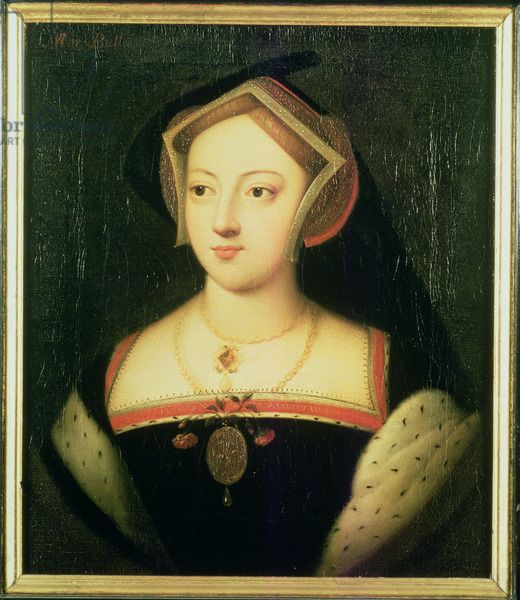
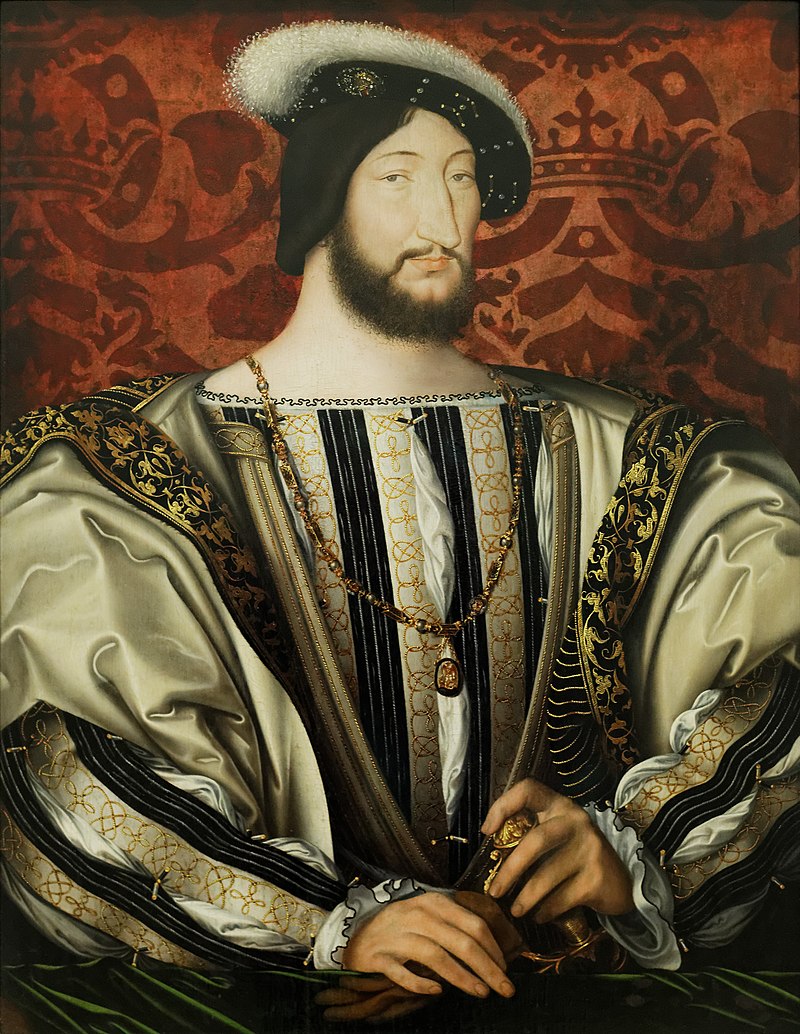
Mary Boleyn is thought to have been a paramour of King François I of France in her early youth, although there is only scant evidence to support this assumption. In 1514, the elder Boleyn girl accompanied Princess Mary Tudor, Henry VIII’s sister, to France in order to marry the aging King Louis XII. Mary was to be a chambermaid to the new Queen Mary, serving in the queen’s bedchamber. The nuptials of Louis and the English princess took place in October 1514, but she was his queen only for about three months, and then he died on the 1st of January, 1515.
Some suspect that Mary could have been a mistress of the flamboyant King François during her life in France. Perhaps it was true because Mary was young, very pretty, and merry, while François was a tall, handsome, and mischievous man who was known for his philandering ways since adolescence. If the affair between Mary and François happened, it must have been discreet and lasted for quite a short time. Anne probably knew about it, which proved to her that she should keep her maidenhood for her husband – this influenced her relationship with the English ruler.

After Mary’s return to England, a marriage was arranged for her to Sir William Carey by her father and perhaps the King of England himself. Carey was a cousin of the English monarch, as well as an influential courtier and member of the royal inner circle. Nonetheless, Carey, who was also Esquire of the Body, was only moderately rich. Yet, Mary’s union with him was prestigious. The couple were married in February 1520 at Greenwich Palace with King Henry in attendance.
Some say that Mary was a loose woman. But is it really true? First of all, there is no proof in history that the Howards and Boleyns, namely Thomas Boleyn, Earl of Wilshire, and Thomas Howard, Duke of Norfolk, schemed to make Mary a mistress of King Henry VIII and then to push Anne into the monarch’s way. Fiction and popular culture would make us believe that Wiltshire and Norfolk, both iron-hearted and calculating wolves, used Mary and Anne to elevate themselves at the Tudor court, but it is a product of fiction without credible historical proof.
Mary had an affair with King Henry after her return from France, but we have no idea about its commencement and its exact dates. Perhaps it started about 1522: during a pageant during a celebration for the Spanish ambassador in March of that year, young and lovely Mary could be at the center of attention, dressed beautifully and dancing gracefully. How could she not capture the eye of the lustful monarch? Perhaps Mary did not want to betray her marital vows, but who could say no to a king back then? Whatever transpired between her and Henry, their affair was conducted so secretly that few people knew about, and it seems to have lasted until 1525.
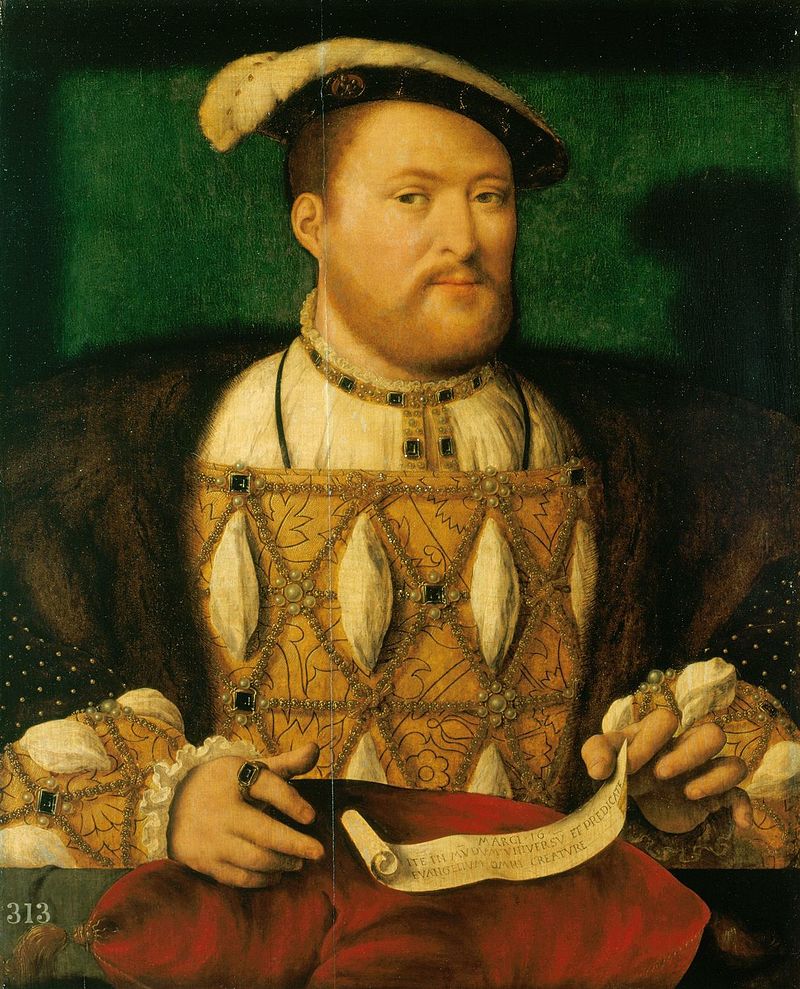
Even if Mary’s eldest children were fathered by Henry, they formally belonged to William Carey. If one of them was indeed the king’s unacknowledged bastard, it is more likely to be her daughter, Catherine. It is interesting that later, already during the long courtship of Anne and Henry, the king gave the wardship of Mary’s son, also Henry, to Anne because Mary’s first husband passed away of sweating sickness in 1528. The Boleyns received grants of land, and Carey himself benefited from his wife’s amours – he was granted manors and estates. We don’t know whether Mary loved William, and no contemporary sources could answer to this question.
In fiction, Thomas Boleyn and Thomas Howard are often blamed for using Mary. In reality, we have no evidence of Norfolk’s and Boleyn’s schemes to make Mary the king’s lover. As for Anne, the roles of her father and uncle in Anne’s relationship with Henry are shrouded in mystery. The monarch expressed his serious interest in Anne in about 1525, maybe 1526, and it seems that Mary’s liaison with him had already ended by the time when Henry started openly courting Anne.
Regardless of her feelings for Carey and her affairs, it is clear that Mary Boleyn transformed into a mature and dignified woman, who was not fickle in the slightest and who was capable of loving a man far below her station. She did not marry William Stafford for money and status – it was her own choice to wed him in secret because the couple were obviously in passionate love. It is highly probable that Mary did not suspect she would be expelled from court and disowned by her family after the fact of her second marriage to Stafford became known to the King of England, Anne, and her family, but such thoughts could have crossed Mary’s mind.
After Mary’s ejection from the Tudor court, her financial position soon became so desperate that she had to write to Thomas Cromwell, the royal chief minister at the time, beseeching him to talk to Henry and Anne on her behalf. Neither His English Majesty nor her relatives were willing to help Mary and give her at least some money, save Anne who eventually sent Mary an expensive golden cup and some money. However, Anne refused to let her sister return to court, but she could not be blamed for it because Henry would not have permitted it. Moreover, Anne’s own situation was gradually getting more and more precarious because of her failure to birth Henry’s son.
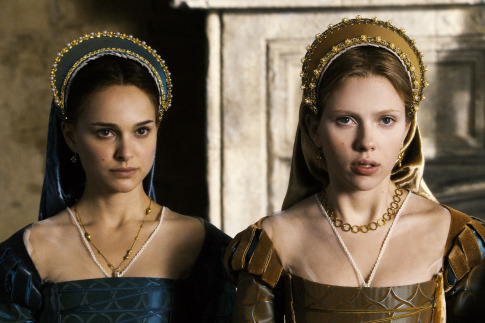
In her letters to Cromwell, Mary wrote about her feelings for William Stafford:
“I had rather beg my bread with him than to be the greatest queen in Christendom. And I believe verily … he would not forsake me to be a king”.
Even if Mary Boleyn was indeed a mistress of two monarchs, she cannot be called a whore. Living in a cruel, man-dominated world and at a royal court ruled by a monarch, no woman could refuse a king who was besotted with her or simply desired to have her in his bed for a few nights. What choice did Mary have when King Henry voiced his intentions towards her? How could Mary reject King François, who was not her sovereign, but who was still a powerful ruler? The additional reason why Mary could have consented to have these liaisons – if she was really with François – was that young François and Henry were both virile and handsome in their own ways. Aren’t women attracted to young, masculine, and good-looking men in the modern world?
All images are in the public domain.
Text © 2020 Olivia Longueville

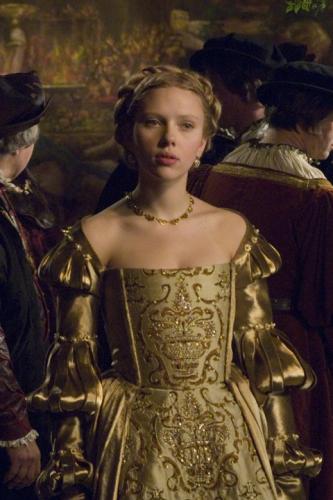




This is not the first time I have read that Mary Boleyn may have had little choice in the matter if King Henry desired to bed her and that he had all the power to do as he wished and she had none. This doesn’t make sense to me as Anne Boleyn did not give herself to the King for seven years or so?
I have to believe the second reason:)
Well, Anne had her own agenda: she needed to incite Henry’s passions, so she had to keep him away and did not surrender to his passions. Moreover, Anne probably saw what Mary’s affair with Henry or her affairs with two kings cost her, and she wanted to avoid it.
Both sisters died in the 19th ,different months.
Yes, it is quite a coincidence.
Seems like there was a small and somewhat limited circle of acceptable/available women to serve at court. Beauty sometimes gets a bad rap…just because Mary was beautiful doesn’t mean she was immoral. She may have been foolish/naive possibly, but overall I get the impression she was a kind hearted person. I think that fact might be reflected in her ‘Carey’ children because Elizabeth was very fond of them and they seemed to be close.
Hello and thank you for reading this article. I agree that beauty sometimes gets women in trouble. I do not think Mary could say no to any royal lover if he noticed her and fell for her.